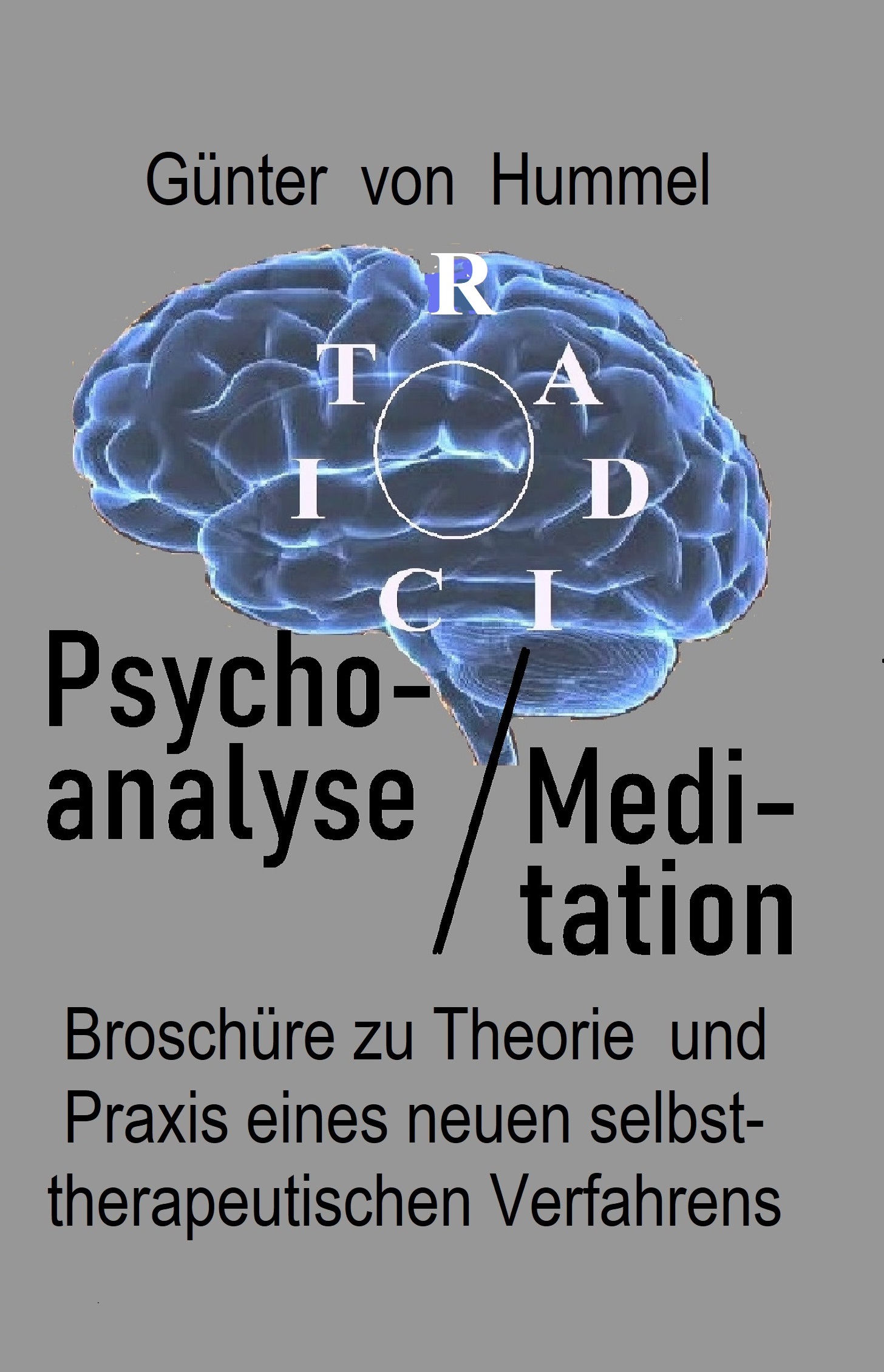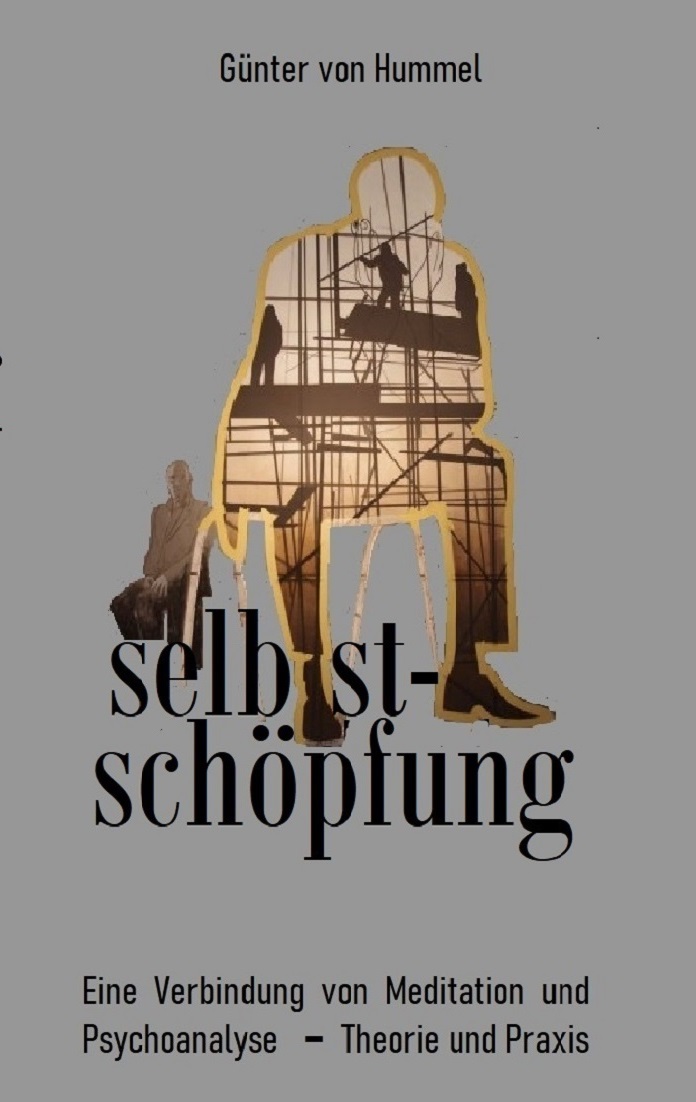Kirpal Singh (1894 - 1974) was one of the most renowned religious scientists and Yoga teachers in India. The reason I apply his life and his teachings here, in order to compare yoga and psychoanalysis, is because he had the best oversight of the subject. Indeed, he authored the most profound book that covers all of the prevalent types of yoga and mystics.1
He had very many followers in the Western World and taught a highly ethical and sophisticated meditative practice. He held the seat of President of the World Fellowship of Religions for a long period of time and afterwards established a corresponding worldwide forum for the representatives of diverging social, cultural and religious groups (Unity of Man). He published many books, and pursuant to his death, very many succeeding organizations were established. In this book I will present a comparison between Yoga and psychoanalysis on the basis of his Life and Teachings also because Kirpal Singh's Laya Yoga, which he called Surat Shabd Yoga, represents one of the most compact forms of yoga and moreover, it is in proximity with Western psychology. In comparing the two with each other, the essence of Yoga and its reference to modern sciences can be conveyed to the reader in an optimal way.
Kirpal Singh was probably the last of his kind when it comes to great teachers. It is difficult to put him into a category of Saints, mystics or psychotherapists. After all, he was one of those powerful practitioners, just as the founders of the great religions were. One who would not become entangled with many theories, but one who would offer a great many people direct aide through practical methods. Besides using a meditative method based on Sanskrit formulae he represented the contents of vegetarian nutrition, of love, of truth, non-violence, altruism and normal married life, even though he was fully occupied with his profession and family life. The 21st century with its global and rational sciences requires appreciation of the subject with an aspect of 'mystical' practice, but there is also demand for viewing it from an intellectual standpoint and for taking modern science into account. How else should these valuable experiences be handed down to further generations and to seekers of the truth also found outside of India? The times have long since come to an end in which such 'godlike people' played their roles, or only continued to play a role by relying on again such 'godlike people', whose knowledge continues to be mystically and mythical veiled.
1 Kirpal Singh, The Crown of Life, The Teachings of Yoga, Ruhani Sats. (1974)


